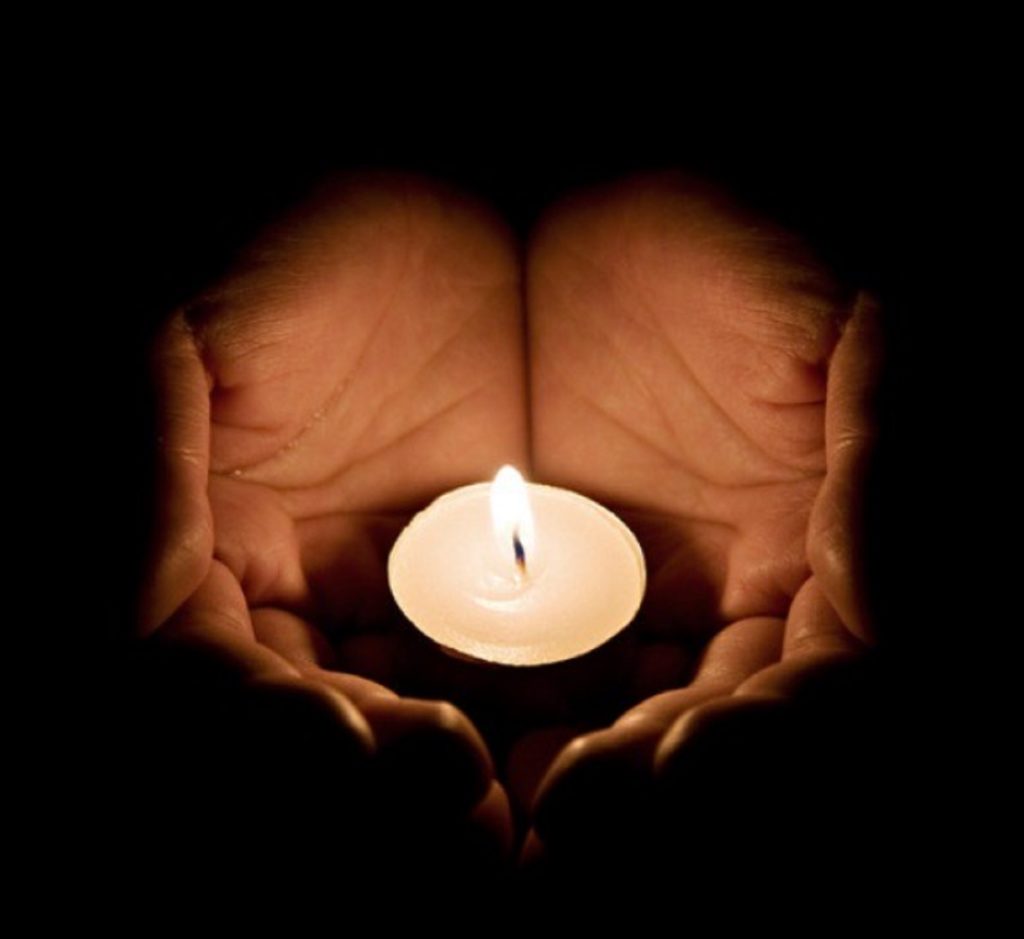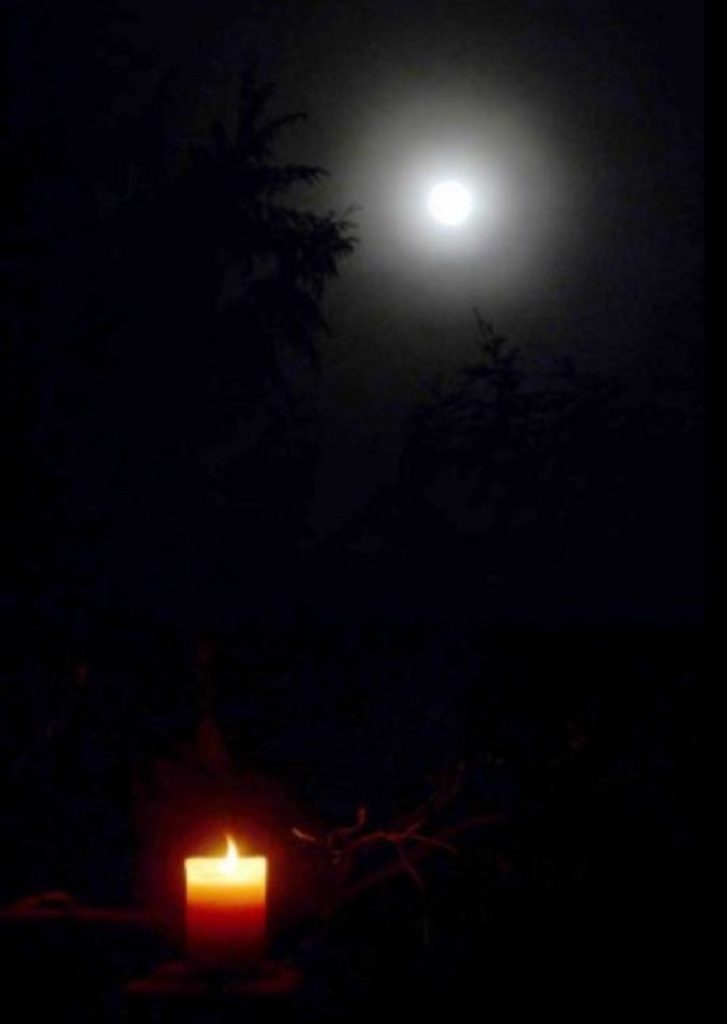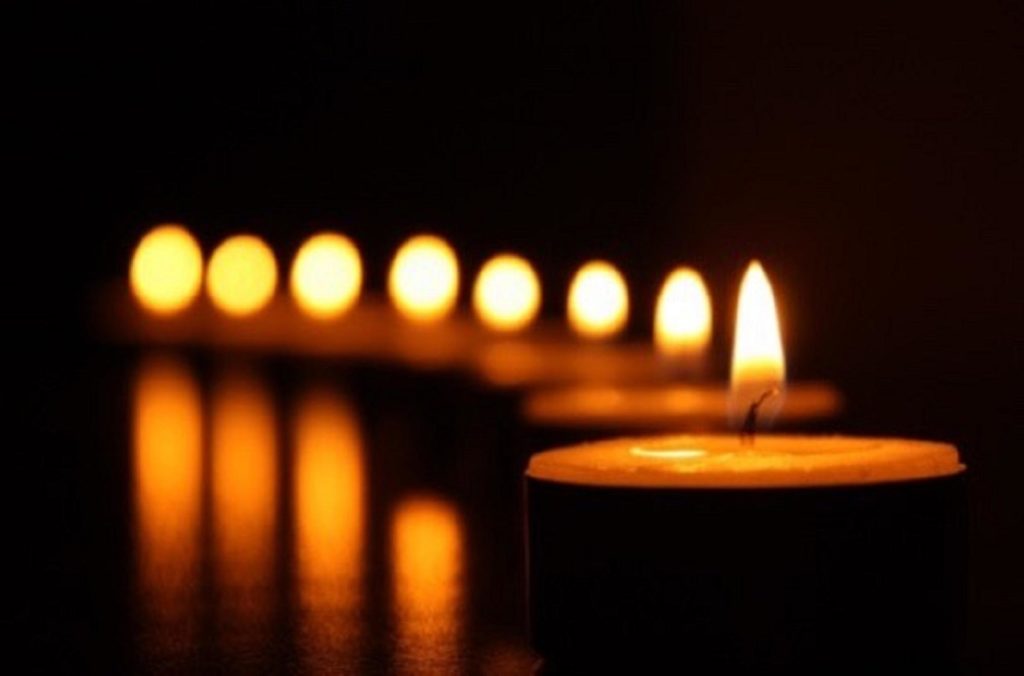
If you have followed my blog over the past two years you will know how fascinated I am by ancient culture, mythology, folklore and indigenous traditions. Some I have shared are very well known and some not so much. Today I want to dive into a place and people that unfortunately most are not aware of have a rich history regarding their spiritual beliefs that is on a small scale as far as I have researched still exists. That place is the land of Chechnya and its people. So let’s get into it and I hope you enjoy what I am about to share with you.
Introduction
The Chechens (/ˈtʃɛtʃɛnz, tʃəˈtʃɛnz/; Chechen: Нохчий, Noxçiy, Old Chechen: Нахчой, Naxçoy), historically also known as Kisti and Durdzuks, are a Northeast Caucasian ethnic group of the Nakh peoples native to the North Caucasus. They are the largest ethnic group of the North Caucasus and refer to themselves as Nokhchiy; singular Nokhchi, Nokhcho, Nakhchuo or Nakhtche). The vast majority of Chechens today are Muslims and live in Chechnya, a republic of Russia. The North Caucasus has been invaded numerous times throughout history. Its isolated terrain and the strategic value outsiders have placed on the areas settled by Chechens has contributed much to the Chechen community ethos and helped shape its national character. Chechen society has traditionally been egalitarian and organized around many autonomous local clans, called teips.
A teip (also taip, teyp; Nakh [ˈtajpə]: family, kin, clan, tribe) is a Chechen and Ingush tribal organization or clan, self-identified through descent from a common ancestor or geographic location. It is a sub-unit of the tukkhum and shahar. There are about 150 Chechen and 120 Ingush teips. Teips played an important role in the socioeconomic life of the Chechen and Ingush peoples before and during the Middle Ages, and continue to be an important cultural part to this day. Teips being sub-units of tukkhums, members of the same teip are traditionally thought to descend from a common ancestor, and thus are considered distant blood relatives. Teip names were often derived from an ancestral founder. As is also true of many other North Caucasian peoples, traditionally Chechen and Ingush men were expected to know the names and places of origin of ancestors on their father’s side, going back many generations, with the most common number being considered as 7. Many women also memorized this information, and keener individuals can often recite their maternal ancestral line as well. The memorization of the information serves as a way to impute clan loyalty to younger generations. Among peoples of the Caucasus, traditionally, large scale land disputes could sometimes be solved with the help of mutual knowledge of whose ancestors resided where and when.
The Chechens, who call themselves noxchii (singular noxchi or noxchuo ) and their land Noxchiin moxk (“Chechen land”), are the largest indigenous nationality of the North Caucasus. They speak a language of the Nakh-Daghestanian, or East Caucasian language family that is native to the Caucasus, and have lived in or near their present locations for millennia. Chechnya is a small territory of about 5,000 sq. mi. (13,000 sq. km.) corresponding to about 85 percent of the historical Chechen lands (the rest is in today’s Daghestan), with some non-Chechen steppe land added in the north. The lower North Caucasus foothills and adjacent plain including the capital city of Grozny (Soelzha-ghaala “Sunzha City” in Chechen, a name still much in use despite its official renaming to Djohar in 1996) are the most densely populated part of Chechnya. The Chechens numbered just over a million in mid-2000 according to a Danish Refugee Council census. Somewhat over half of the world’s Chechens live in Chechnya; most of the others are scattered throughout Russia, several tens of thousands live in Kazakhstan and nearby, and a few tens of thousands in Jordan, Turkey, and Syria. Continue reading HERE.
The Mythology and Folklore
Although the Vainak peoples (Chechens and Ingush) of the North Caucasus were Islamized relatively late in the early modern period, Amjad Khaimuka (2005) explores their pre-Islamic religion and mythology, including traces of ancestor worship. I propose to rebuild some of the elements. and a funeral cult. The Nak, like many other peoples of the North Caucasus, such as the Circassians and Ossetians, practiced tree worship and believed that trees were the abode of spirits. The Vainak have developed many rituals for offering specific types of wood. The pear tree held a special place in Vainakh beliefs.
Jaimoukha (2005), page 252, contains a list of reconstructed ‘Vainak gods’. Dar (Chechen), Dar (Ingush) or Dara – Supreme God. Corresponds to the Greek Zeus, the Roman Jupiter, the Germanic Wodan, and the Circassian Teshwe. Gal-Yerdi or Gela – Sun god and patron of cattle breeders. Worship services were held on Nak New Year’s Day, with metal spheres, candles, and sometimes animal sacrifices. Hera – God of Darkness. Seela or Sela – God of stars, thunder and lightning. Sera is often portrayed as an evil and cruel deity in Vainak mythology. His skeins (loose bags made of animal skins) contained “nights” (stars, lightning, thunder). He lives on top of Mount Kazbek in a fiery chariot. It was he who chained Puharmat to the mountain for stealing fire, and for this reason it was forbidden to carry embers and ashes on Wednesdays in his month in the old Vainakh calendar. During the period of Christianization in Chechnya and Ingushetia, he (like Vatshira in Ossetia and Ilya Muromiets in Russia) was identified with Elijah the Prophet and maintained his status. He also, like the Greek Zeus, was unable to control his mortal lust for women (to the dismay of his wife Hulki), and as a result of his episode with a mortal maiden, his daughter, the goddess Sera Sata was born. Sata or Sera Sata – According to various versions, Sheila’s wife or daughter. Goddess of craftsmanship, especially female craftsmanship, equivalent to Satanaya in the Northwest Caucasus. Her face is described as beautiful and shining like the sun. She guides Pukarmat to the top of Mount Kazbek and helps him steal Serra Fire for Earth’s inhabitants. Maetsill – God of agriculture and harvests, and protector of the weak. Ishtar-Deela – Lord of life and death, ruler of the underworld (“Deeli-Malkhi”), responsible for punishing the wicked. Molyz-Yerdi – War god who brought victory to Vaynak. Elta – God of hunting and animals, and of the harvest before Maethir took over the role. He was blinded in one eye due to his father Dheera’s disobedience. Amgali (-Yerdi) – minor deity. Taamash(-Yerdi) – (“Lord of Wonders”) Lord of Destiny. It’s usually small, but when it gets angry, it becomes huge. Tusholi – Goddess of fertility, protector of those greater than her father, Deela. She is believed to live in the sacred Gullane Am Lake. According to scholars, Tushori was the primary deity in early beliefs. People petitioned her for healthy offspring, a bountiful harvest, and a prosperous herd of cattle. In later times, Tushori became an object of worship mainly for childless women. She had a holy day, Tushori Day, on which women brought offerings such as red deer horns, bullets, and candles to the sanctuary of Mount Dheerateh (except for priests and priests). could only be entered with explicit permission). (It was forbidden to cut down trees.) Her day is now considered “Children’s and Women’s Day”. The hoopoe, known as the ‘chicken of Tushori’, was considered ‘her’ bird and could not be hunted except with the permission of the high priest and strictly for medical purposes. Dartsa-Naana (“Mother of Blizzards”) – Goddess of blizzards and avalanches. She lives on the snowy summit of Mount Kazbek, drawing a magical circle around it, which no mortal of any sense dares to cross. If any would dare to do so, Datha Nana would cast them into the abyss and let deadly snow roll upon them in her mountain home. Mok Nana – Goddess of the wind. Seelasat – (“Oriole”) Guardian of the Virgin (probably identical to Sata / Sela Sata, see above). Meler Yerdi – God of plants and cereal drinks. Aira – Guardian of the Eternal Timeline. Mozh – The evil sister of the Sun and Moon. Shrikes have eaten all their other relatives in the sky and are now in constant pursuit of their celestial brethren. A rare eclipse occurs when she catches up with them and takes them prisoner. Mr. Moz agrees to release Sun and Moon only at the request of his innocent eldest daughter. Bolam-Deela – Not much is known about him/her. He/she may or may not have been equal to Dheera Mark. Khagya-Yerdi or Maetzkhali – Lord of the Rock. Mattir-Deela – Another lesser-known god. P’eerska – (Friday) Keeper of Time. SOURCE
When meeting the Chechen mythology and Chechen pagan cults, their connection with the culture of Asia and Europe is clearly traced. This is explained by the fact that since the third century AD, the Caucasus has been the intersection of the routes of communication of many Eastern and European civilizations. Thus, in the language, cults and mythology of the Chechen Republic, in its everyday traditions, up to the present day, the features of the culture of the peoples of Asia, the Mediterranean and Europe are preserved. The same applies to the Chechen theater, music and dance culture of Chechnya. Due to the constant military actions on the territory of the Chechen Republic over many centuries, a significant part of the cultural heritage of the people was irretrievably lost. But the traditions turned out to be alive thanks to the Chechen people, who retained their cultural and ethnic identity.
The number of genres of modern Chechen folklore is impressive: it is the traditional Nart heroic epic and associated mythology, various fairy tales, legends, tales and legends, religious, children’s and ritual folklore, plays, songs and poems of the so-called tyullik and Zhukhurgov. Chechen mythology is not so rich, but it is interesting with relics of pastoral and agricultural cults and totemic beliefs, and the myth “How the sun, moon and stars happened” is just a fundamental work of cosmogony and a significant historical monument of folk culture.

 Dela-Malx was the main god. In ancient Vainakh traditions they days honoured were the winter and summer solstice, except it is in the opposite perspective… in December, the darkest day of the year, was celebrated the “birth” of the sun (positive sense) and in June, the lightest day of the year, was the “death” of the sun (almost negative sense), as the days would then become shorter.
Dela-Malx was the main god. In ancient Vainakh traditions they days honoured were the winter and summer solstice, except it is in the opposite perspective… in December, the darkest day of the year, was celebrated the “birth” of the sun (positive sense) and in June, the lightest day of the year, was the “death” of the sun (almost negative sense), as the days would then become shorter.The heroic epic of Chechnya is in many ways similar to that of the Balkars, Ossetians, Circassians and Karachais – both in form and content. Basically, it has three epic groups: legends about giants (cyclops, giants with two eyes and giants – the founders of clans), works about national heroes and traditions – legends that are not associated with the Nart epic, but have a heroic-epic typology. Here is a translation of an excerpt from a legend typical of the second epic group of works:
“So only on the battle lined up both nations with the leaders,
Troy sons rush, with chatter, with a cry, like birds:
Creek is such a crane is distributed under the high sky
If, having avoided both winter storms and endless rains,
Screaming herds fly through the rapid flow of the Ocean,
Swearing threatening and killing men undersized, pygmies,
With terrible rage on whom from air heights attack.“
Chechen fairy tales are very similar to works of a similar genre of other peoples of the North Caucasus and Europe. The plot is a fairy tale magic, domestic, tales of animals, where good always triumphs over evil, and the main character usually comes out the winner from various difficult situations. SOURCE
Vainakh Deities
The gods of the Chechen and Ingush peoples SOURCE

The following is a list of Vainakh divinities — from “Amaga-erda”, the protector of lakes, to the “Votshabi”, the spirits which watch over herds of aurochs. This list was copied from Mariel Tsaroieva’s amazing Anciennes Croyances des Ingouches et des Tchétchènes (“Ancient Beliefs of the Ingush and the Chechens”, published in 2005), which I found in a remainders bookshop in Brussels. Ms Tsaroieva is of Ingush origin, and holds a PhD in History of Religion from the prestigious Institut National des Langues et Civilizations Orientales in Paris. A former teacher of romance linguistics at the state universities of Chechnya-Ingushetia and Kyrgyzstan, she has published many articles and books on folklore and “geolinguistics”, both in Russian and in French.
The list reads as follows:
The Gods of the World
“diala” — the god-father
“tusholi” — the goddess-mother
“kurkhars” or “tshugul” — the hairstyle of Ingush women
“tq’a” — the god of the universe
“nana latta” — mother earth
“h’al-erda” — the sky-god
“mago-erda” — the god of magic and of wisdom and knowledge
“eshtar” — the god of the afterlife
The Astral Divinities
“malkha” — the sun-god
“but’ ” — the moon-god

The Gods of Nature
“seli” — the god of (thunder-)storms and lightning
“dardza-nana” — the goddess of snowstorms
“mikha-nana” — the goddess of the winds
“khi-nana” — the goddess of rivers and springs
“amaga-erda” — the protector of lakes
“hagar-erda” or “hirga-erda” — the aurochs-god or the rock-god
“amgali-erda” and “saniba-erda” — the tribal gods
“kherkh-erda” — the god of fruit-trees (also protector of great trees, with the “naj-gantskhoi”, the spirits which protect “naj”, “oak trees”)
The Gods of Various Domains of Rural Life
“elta” — the god of hunting
“votshabi” — the spirits which protect herds of aurochs
The “Masters of the Woods” and their daughters or sisters, the “almas”
“tamij-erda” — the god of stock-breeding
“mat-tseli” — the god of agriculture and of justice and equality
“matir-diala” or “matar-diala” — the god of haymaking
“mats-khali” — the god of renewal (of crops)
“boalam-diala” — the god of plants (vegetation) and of travellers
The Gods of Social Life
“susan-diala” — the protector of women and of maternity (i.e. the protector of mothers)
“agoi” — the protector of girls
“orkhus” or “orkhush” — the god of fecundity and procreation
“dika-seli” — the god of goodness and kindness
“arda” — the god of boundaries (or of boundary-markers?) and of clan possessions
The Gods of Work and Handicrafts
“sela-sata” — the protector of handicrafts and know-how
“p’harmat” — the blacksmith-god
“malar-erda” — the god of intoxicating drinks (i.e. the god of alcohol)
“moloz” — the god of war
The Gods of Disease
“una-nana” — the goddess of contagious diseases
“higiz” or “hegiz” — the goddess of smallpox
Some Forgotten Gods of Antiquity
“ami” and “h’ur-ami” or “fur-ami” — perhaps the god of good tidings and the goddesses of the winds, respectively
“baini-seli” — the god of agriculture, perhaps, now replaced by “mat-tseli”; apparently related to the Georgian Mokheve (i.e. the inhabitants of Khevi, the valley of the Terek between the Djvari Pass and the Daryal Gorge)
“falkhan” — probably related to Mago-erda, the god of wisdom and knowledge
“suvsa” — probably the ancient goddess-mother
“sampai-tsuge” or “siampai-tsuoge” — probably the ancient god of trees or of forests; sometimes worshipped as the rain-god
In Conclusion
I really enjoyed putting this post together and learned quite a lot regarding this subject and plan to look more into the traditions and folklore of the people of Chechnya. I found a real treasure trove of resources which I will include for those of you who want to learn more about the amazing folklore and mythology which originated from the ancient people of such a fascinating culture.
Further Resources
The legend of the “Hordune-Din” (the “Sea Stallion”)
The Pagan Religious Practices of the Chechens and the Ingush
The Shamanic Themes in Chechen Folktales
The Origin of the Chechen and Ingush: A Study in Alpine Linguistic and Ethnic Geography
The Diversity of the Chechen culture: from historical roots to the present
Chechen Fairy Tales, Fables and Stories
Dancing Through Mythological Threads: Unraveling the Symbolism of Chechen Dance


































































